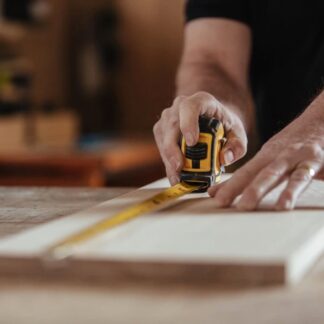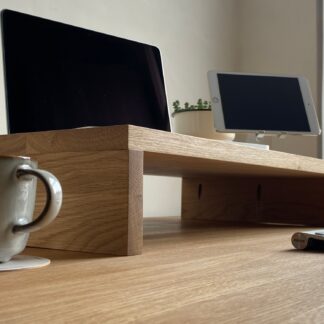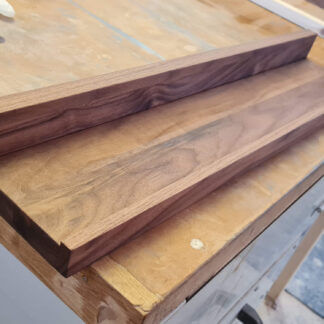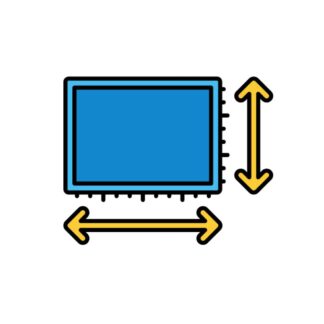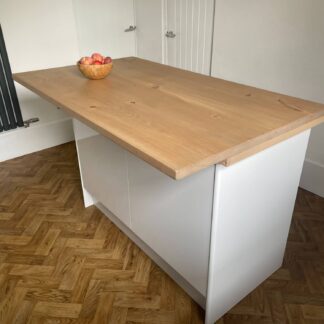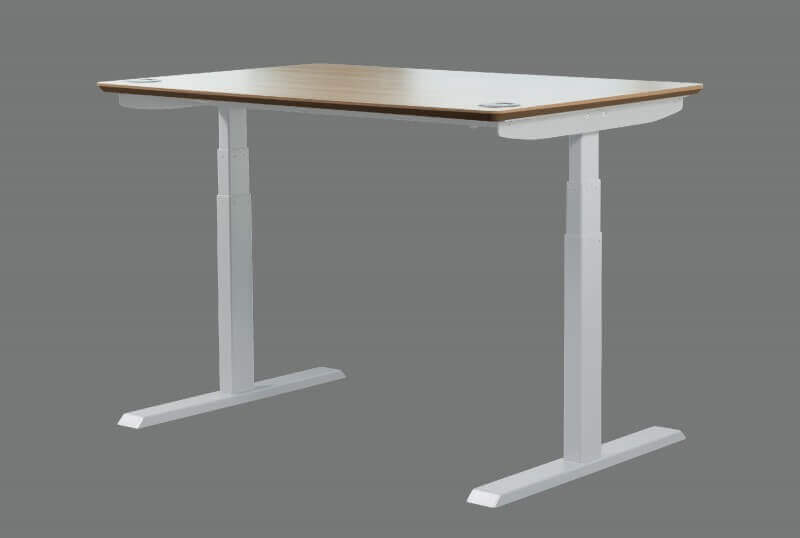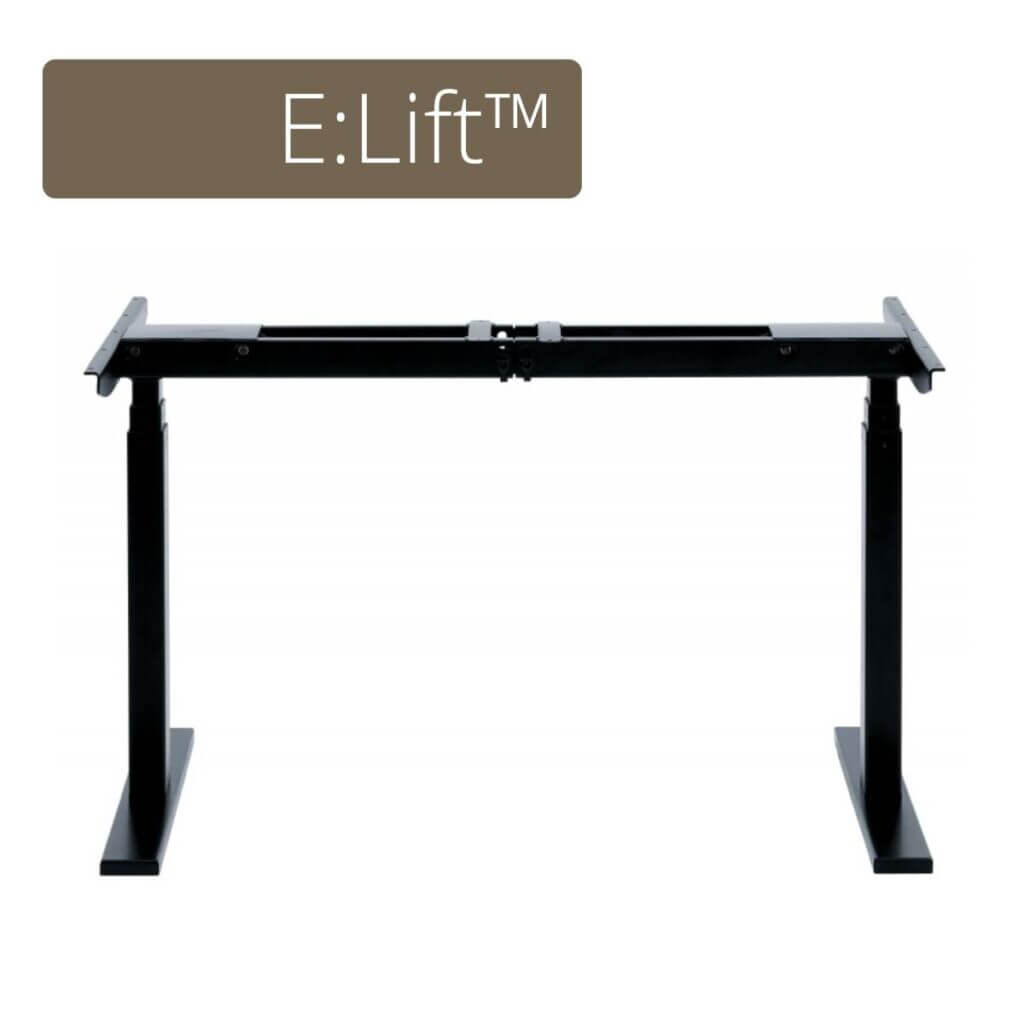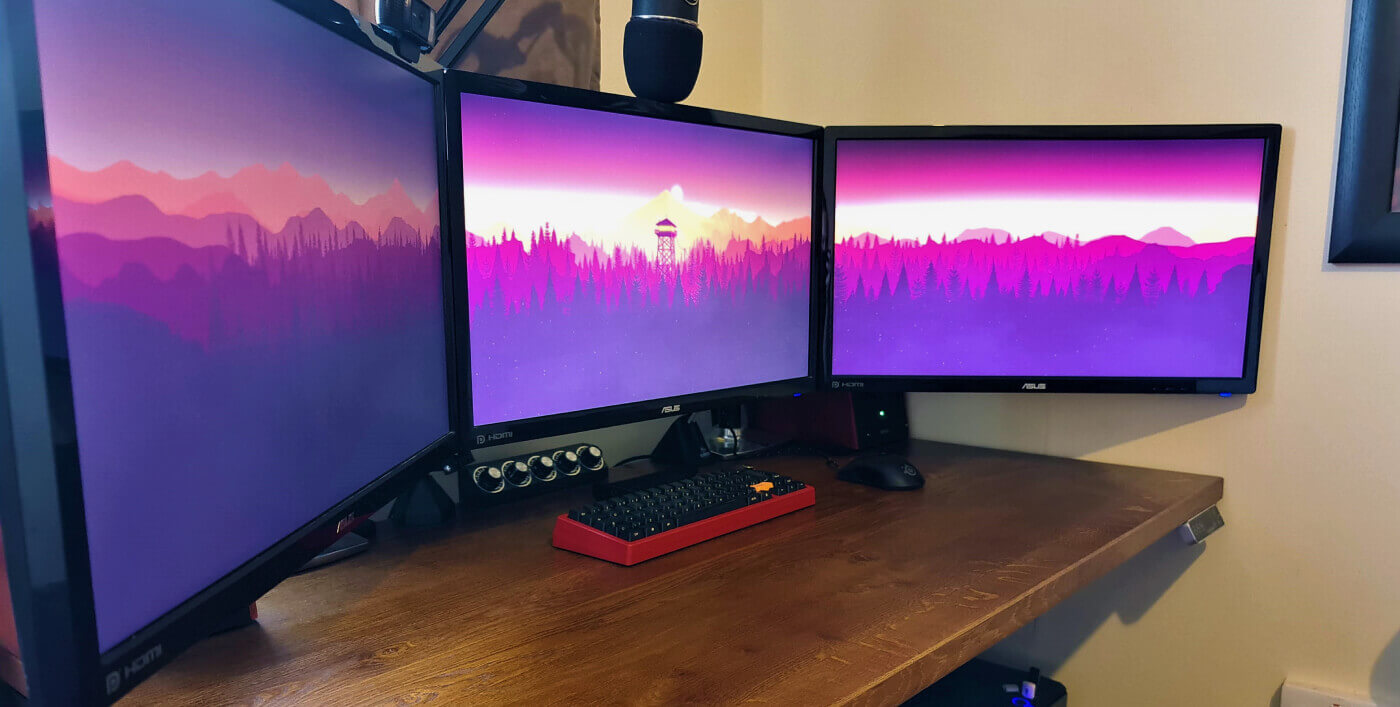
Most Solid Wood Tops customers arrive on our website with a picture of an oak or walnut desk top in their mind. We have helped thousands of customers to make their dream a reality. (Last month we passed 200 Trustpilot reviews) Some customers pivot away from the solid hard wood options to solid soft wood, like pine after learning that it’s budget, dimensions or density, make it a suitable choice for their project.
This post discusses another wood option: birch ply and rubberwood ply. Whilst not solid wood, ply offers many features our customers frequently ask for. Let’s take a look…
Quick links to the pros
Ply wood pros…
Environmental benefits to birch and rubberwood ply
The way ply wood is manufactured inherently maximises the use of each tree, reducing waste compared to solid hardwood, which involves cutting larger, thicker pieces.
Birch trees grow relatively quickly, as well as other woods often used for ply, making it quicker to replenish.
Perfect for CNC machine cutting
The uniform internal structure and consistent density of ply wood, specifically birch ply wood, helps in achieving precise and clean cuts when shaping via a CNC machine. The layers are evenly bonded, reducing the chances of encountering voids or inconsistencies during cutting. fewer internal gaps or weaknesses.
The fine grain of birch wood also contributes to less tear-out compared to a solid soft wood like pine (which generally needs to be hand cut/shaped), and as such cleaner edges which are easier to sand smooth.
Ply – a cheaper alternative when strength is required
To get a price point within budget for a desk top, customers may need to opt for a cheaper wood. This generally means wood which grows quicker, which generally means softer wood. Softer wood, like pine, is less dense, and less strong than harder wood, like oak or walnut.
Ply does not follow this trend. Birch ply, due to the combination of high-density wood and cross-laminated construction is super strong and dense. It is worth reiterating that it is not classed as ‘solid wood’… some of the end product is adhesive etc, but it might be the solution if you need a strong desk top at soft wood prices.
Birch ply natural knotless grain
Solid wood comes with knots. Knotless pine and oak exists, but it is usually much more expensive as the raw wood is selected due to this characteristic and sold for that reason.


The outer veneer of ply wood is peeled or sliced from the best logs, with the layers being so thin, it is much more affordable to create this aesthetic whilst maintaining a natural grain.
These high quality knot-free veneers also contribute to a super smooth finish, great for writing desks, and desks used for arts and crafts.
Plywood does have a distinct edge which should be noted. Depending on the project this could be either welcomed or undesirable.


Super strong cross grain construction
When manufacturing plywoods, each veneer layer is alternated perpendicularly (i.e. if one layer’s grain runs horizontally, the next layer’s grain will run vertically). The assembled layers are glued together then pressed and bonded, using heat and pressure. This makes the end product a single, cohesive panel which is really strong, allowing plywood to support heavy loads.
Resistance to temperature and moisture fluctuation
The cross-laminated layers also have another benefit: each layer of veneer in birch plywood is balanced around the central core layer, giving ply wood a very balanced construction. This symmetry helps counteract any internal stresses that might cause warping in natural solid woods.
In addition, many woods great for ply, like Birch wood, already have a relatively uniform density, which makes them a very stable choice.
Finally, before the veneers are glued together, they are dried to a specific moisture content. This moisture control pre-bonding makes them particularly resistant to warping etc.
Ply wood cons…
Ply panel size limitations
Most ply wood is sourced in sheets measuring just over 2400mm long, by just over 1200mm wide (or 8ft by 4ft in old money).
If your desk top design (standard rectangle, L shape, J shape, kidney bean, custom shape etc) fits inside that, great news. It it is over that size, then ply wood sheets will need to be joined together, which may not result in a desirable aesthetic (discussed in the next section).
Another problem with the size is your top may be well under that, but due to the size or shape of your design, you may need to pay for an entire sheet, as the left over is unlikely to be useful for another project. If this happens, we can discuss options to make this more palatable, like free/reduce price shelving etc.
Ply wood cannot be joined seamlessly to make L shaped tops
If you L shape or J shaped desk is larger than 2400×1200, it is important to note that whilst ply boards can be joined together, the workshop would achieve this by putting a tiny round over (1.5mm) on the top edge of the joints and then join 2 boards together using worktop bolts, so the join would be noticable.

Because the veneers are only 1-2mm thick on top, they can’t be joined flush as there is no way to sand them back as it would risk going in to the layer below.
Rubberwood grain is less aesthetically pleasing
The rubber tree (Hevea brasiliensis) made for rubberwood ply is similar to Birch but cheaper as it is a faster grower species. Another reason it doesn’t demand as high a price is the grain not as desirable as Birch wood in that it is often less distinct, a little more blurry and generally less dense (more prone to dents etc).
Chemicals potentially harmful to the environment
To bond the layers of veneer together requires glues and chemicals, modern plywood products often use low-emission or formaldehyde-free adhesives to mitigate this issue but sometimes ply wood can use formaldehyde based adhesives.
Refinishing lacquered or polyurethane tops
It is possible to refinish solid wood tops by stripping back the old finish, wether that was a lacquer, oil or poly finish.
As the outer layer of ply is only 1 or 2mm thick, it is very difficult to sand back the top, and leave the grain in tact. Lacquer and poly finishes last for many many years, but this could be consideration when designing your desk or table top.
Ply wood project ideas…
Why Solid Wood Tops?
Custom size? Same price.
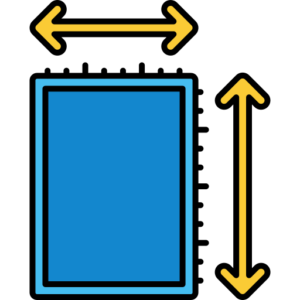
Desk top prices are worked out using a going market rate formula. There are no extra charges for non-regular sizes. Calculate your price and order in minutes.
FAQs

Learn more about our service, the quality of our partners sustainably sourced wood, how desk tops are priced, delivery timescales and more. Read our articles or FAQs.
Flexible delivery options

Our trusted partners are located around the country. Allow us to arrange delivery, pick up from the workshop yourself, or book your own courier.
Money back promise

Order requests have no cost or obligation. If you do decide to confirm, you are protected if there is a problem with the size, design, quality or wood. Order with confidence.

